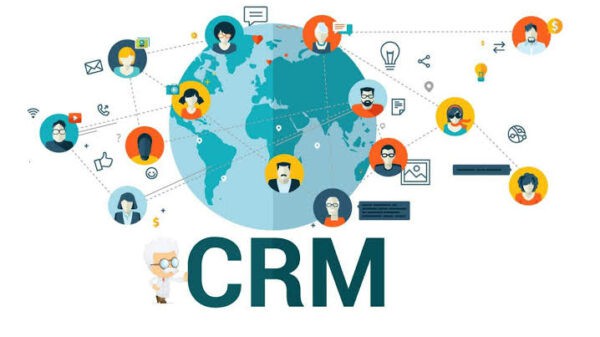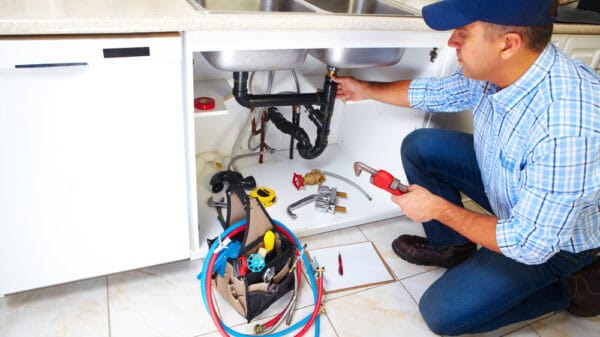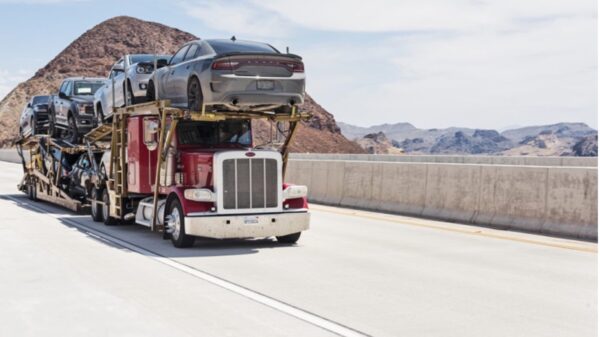What do the following things have in common: auto insurance, a lifeboat, comprehensive health care, a fire extinguisher, a disaster recovery strategy, and a tactical nuclear device? They’re all things that you fervently hope you never have a reason to use, but if the situation arises where it’s needed, you’ll regret not having it on-hand.
Fortunately, we’re not here to talk about nuclear devices or fire extinguishers, but rather what steps you should take to be ready for a setback with your computer and its data, and even the environs where they’re kept. These are just a few bits of common sense, and there’s more to be found out there, because there’s no such thing as doing too much when you’re trying to be prepared for disaster recovery. We’re gearing this more to the individual computer user or someone who just has a small network or workspace, as opposed to the manager of an entire data center, although many of the principles can still be universally applied.
The problem is, you can’t account for every possible disaster you could face. There’s no such thing as one hundred percent ready. But you can still at least reduce the odds of having your system and its data negatively impacted.
While it’s good to have insurance (home, renters, auto) in place, it’s not a total cure-all. Perhaps you have homeowners insurance that will replace your computer in case of, say, storm damage, but data loss can never be recovered, no matter how good your policy is!

When disaster strikes, you have to spring into heroic action and save the day
Create A Plan
It’s prudent to have several contingencies written out and in place in order to cover the most likely incidents (e.g. flood, fire, theft, angry dog. This includes things like emergency contact information, insurance policy numbers (for when you file a claim), and a grocery list of steps that you need to take chronologically in order to implement recovery.
Ask yourself this: If a disaster hit your home office, how would you keep going once it all blew over? It doesn’t hurt to postulate a few disaster scenarios), and come up with a plan for each. If the disaster recovery strategies require someone else helping you, then make sure that they have the full plan at their fingertips. Everyone should be on the same page.
Back It All Up
This is the very heart and soul of every decent disaster recovery plan. Do you have all of your data backed up? If you have a home office and it gets struck by a fire, is your data safe?
The best way to accomplish this is to follow the Backup Rule of Three. Make three copies of data that you feel are most important, use two different formats (like a USB flash drive and a hard disk backup, for instance), and also keep one offsite backup. Think of it: if you’re a prolific author/blogger whose house burns down, then there goes not only your computer, but also that nice little flash drive that was in your bookcase, and the hard drive that was on your desk.
That’s why, whether you go the cloud backup storage route (e.g. BackBox, SkyDrive, or DropBox,), or store a physical copy off-site, you need to have one version of your data that’s nowhere near the other backups. In fact those two in-house copies shouldn’t be kept in proximity to each other. Think of one very large cup of coffee, spectacularly spilling on your desk.
Bringing It All Back
Once the emergency vehicles have left and the sun is out again, it’s time to try and restore things back to normal. Did you lose your system? If so, how are you replacing it? Sure, your data is safe because you followed the previous section’s advice, but now how do you access that information? Can you use your smart phone, or do you maybe have a tablet with you?
That’s why priorities need to be set up in advance, where you figure out what gets restored first. Your insurance company may be replacing your laptop, but how long will that take? You have a deadline in four days!
You’ll also need to make your physical location usable again, and that includes boring, unsexy things like clean up, salvage, and getting the utilities on again.
Hopefully, you will never have a need to experience disaster recovery. But for those out there who work out of their houses, one nasty accident can mean economic ruin. Naturally, businesses need to have the same contingencies in place, and for those entities, here are five reasons to develop a disaster recovery plan.
Born in the Boston area in 1959, I started writing in 1985. I live in Nashua NH with my wife and three cats. We have four kids in our blended family. I am an utter geek who's into gaming, horror, SF/fantasy, the Red Sox, trains, running, history, and a bunch of other things.





















































































































































































